About 3.8 million years ago, human beings evolved from four-legged to rain-legged, and the two hind feet were used to support the body to maintain balance, so the front feet evolved into hands that could do anything. If the fingers are flexible, the brain will be flexible too, because the hands are directed by the brain to do anything, so a German philosopher, Lummanuel Kant (1724-1804), said about two hundred years ago that "the hands are the external brain".
Recently, brain physiologists think that the distribution of brain functions is the earliest to be developed in the hands and the mouth, so we should stimulate this part earlier. Human fingers are really a wonderful evolution, although the length of the five hand plants are different, but when we do anything, they can be properly coordinated, and only the thumbs have two joints, while the others have three joints, and the bones of the hands are as high as 54, accounting for one-fourth of the total number of bones in the body. The number of bones in both hands is as high as 54, which is one fourth of the total number of bones in the human body, thus demonstrating the diversity of hand functions.
Among these many functions, the thumb plays a major role, for example, when using tools, the thumb is the important part of the action, a person's dexterity is not entirely dependent on the degree of dexterity of the thumb, because the thumb and the other four hands will be corresponding, the thumb will be folded, extended, outwardly turned, inwardly turned. But always this ability is not born, we need to practice, for example, a foreigner who has never held chopsticks, ask him to hold chopsticks of course will not be able to, so need to practice repeatedly, and there is this cellular circuit in the brain, will be able to hold good.
The hand is the external brain.
If the fingers are flexible, the brain is also flexible, so sensation, rhythm, reflexes, memory, and number concepts are also developed.
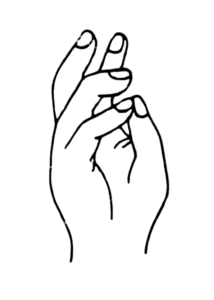
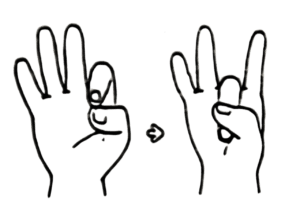
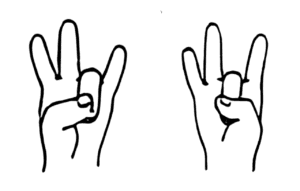
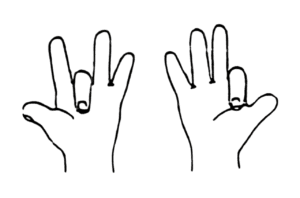

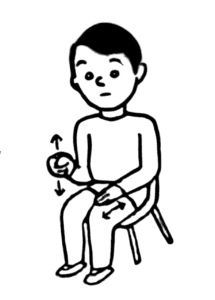
-243x300.png)
-268x300.png)
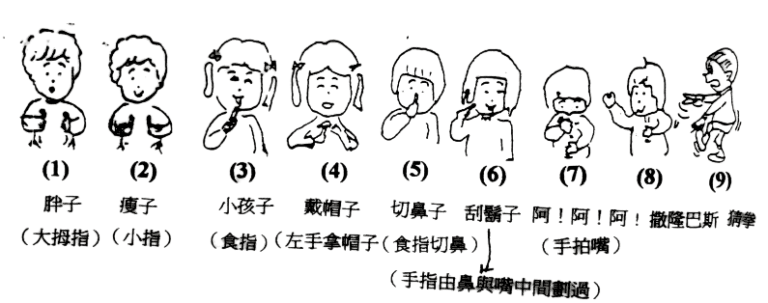
-768x220.png)
的對唱-768x167.png)
